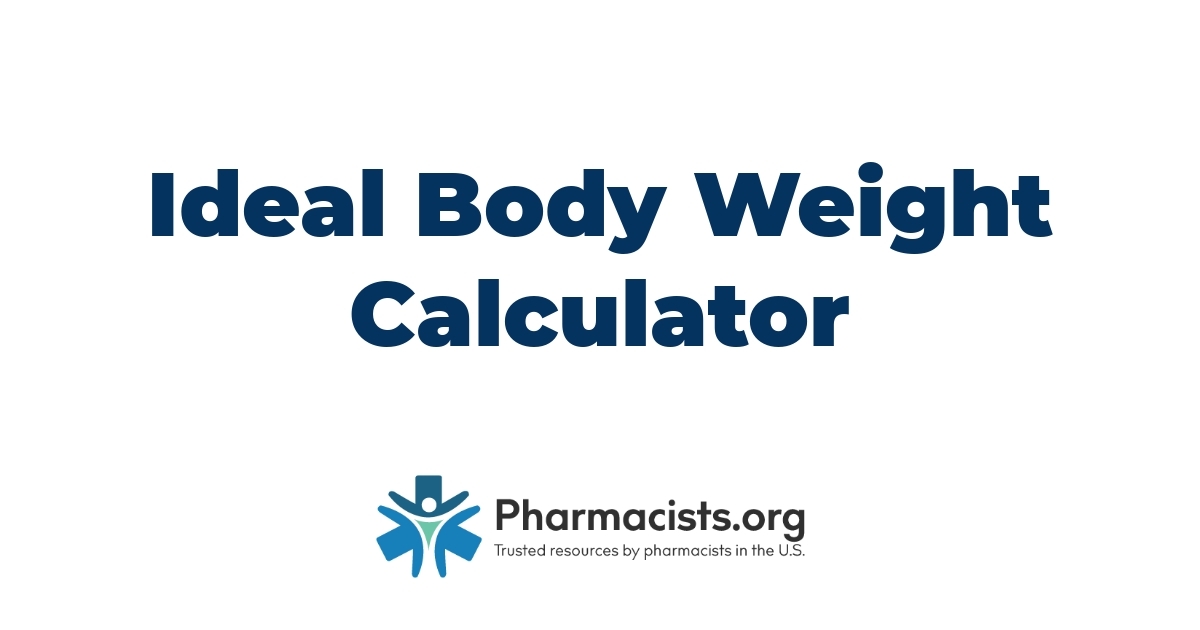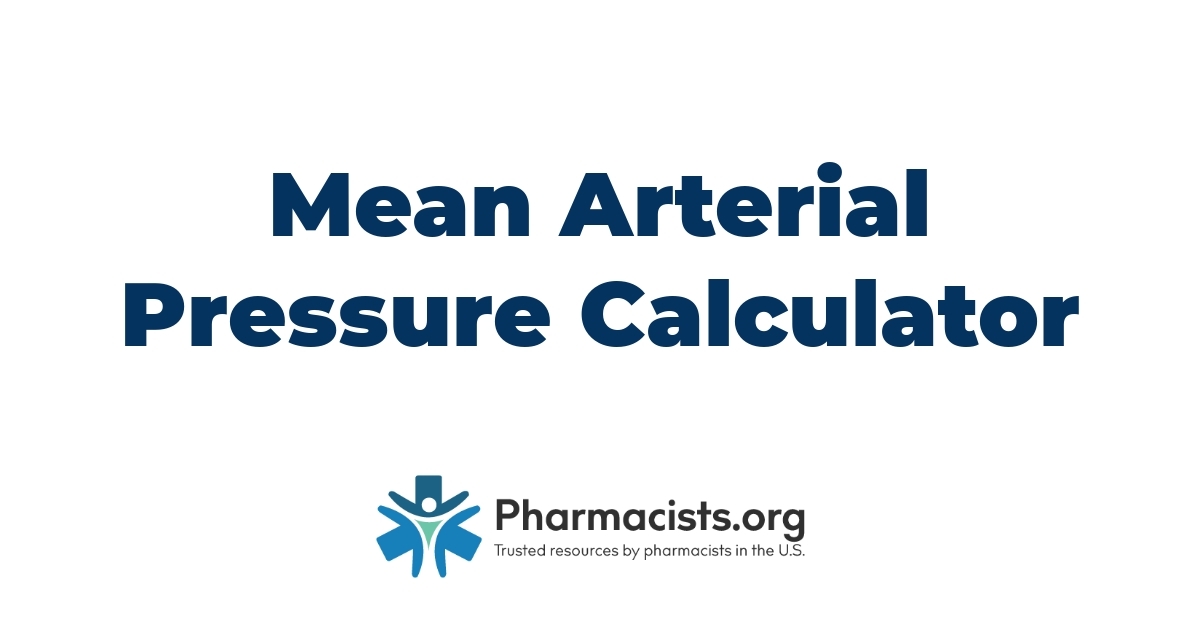Understanding Protein Intake
The Role of Protein in the Body
Proteins, the building blocks of life, serve countless roles within the human body. Comprising chains of amino acids, proteins are crucial for the repair and growth of tissues, such as muscles and organs, and they play a vital role in immune response, hormone production, and the overall maintenance of cellular health. For our clients seeking to optimize their health, understanding the multifaceted roles of proteins can provide insight into how dietary protein supports bodily functions and well-being.
Adequate protein intake is not just about muscle building; it’s about sustaining the body’s essential processes. Enzymes, for instance, are proteins that catalyze biochemical reactions necessary for digestion, energy production, and many other metabolic processes. Besides, proteins contribute to the structural integrity of cells, transport nutrients throughout the body, and regulate fluid balance.
Daily Protein Requirements
Determining the amount of protein one should consume daily is a tailored process that considers several factors, including age, weight, physical activity level, and overall health status. For pharmacy professionals advising clients, it’s critical to base recommendations on the most current scientific evidence and guidelines.
The Dietary Reference Intake (DRI) suggests that adult men and women consume a minimum of 0.8 grams of protein per kilogram of body weight per day. But, this recommendation serves as a baseline, with variations necessary for those with increased physical demands, such as athletes, pregnant women, or individuals recovering from illness or injury. Likewise, older adults may require more protein to prevent sarcopenia, the age-related loss of muscle mass, underscoring the need for personalized advice.
What Is a Protein Intake Calculator?
How Does It Work?
Protein intake calculators operate on an algorithm that processes input data including body weight, age, gender, and the individual’s level of physical activity. By analyzing these variables, the calculator estimates the optimal amount of protein a person needs to consume daily to meet their health goals, whether it’s for muscle gain, weight loss, or maintaining general health. The basis of these calculations is grounded in scientific research and guidelines provided by nutrition experts, ensuring accuracy and reliability.
Benefits of Using a Calculator for Protein Intake
The utilization of a protein intake calculator brings multiple advantages for both pharmacy staff and their clients. Some of these benefits include:
- Precision in Nutritional Planning: Tailoring protein intake to the individual’s specific needs promotes more effective dietary strategies and better health outcomes.
- Educational Tool: It serves as an educational resource, enabling pharmacy professionals to illustrate the importance of adequate protein consumption and its impact on the body.
- Time Efficiency: Quickly generating personalized recommendations, the calculator aids in efficient client counseling, allowing more time to discuss other aspects of health and wellness.
- Enhanced Client Trust: Providing advice based on scientific evidence enhances the credibility of pharmacy professionals and fosters trust among clients.
- Support Weight Management Goals: With precise protein recommendations, individuals can better achieve weight management goals, benefiting from the satiety and metabolism-boosting effects of protein.
Key Factors in Calculating Protein Needs
Activity Level
The activity level of an individual plays a significant role in determining their protein needs. Individuals engaged in regular, intense physical activities, such as athletes or those with physically demanding jobs, require more protein than those with a sedentary lifestyle. This is because protein is essential for repairing and building muscle tissue that is stressed during physical exercise. For example, endurance athletes might need about 1.2 to 1.4 grams of protein per kilogram of body weight per day, while those engaged in strength training might need about 1.6 to 1.7 grams per kilogram. Understanding this variance is vital, as it helps us tailor dietary advice to support the individual’s activity level, ensuring optimal recovery and performance.
Age and Gender
Age and gender are also pivotal in calculating protein intake. As we age, our bodies become less efficient at processing protein, which suggests that older adults may need a higher intake to maintain muscle mass and support overall health. Also, men typically require more protein than women due to having a larger average body size and more muscle mass. But, women’s protein needs may increase during pregnancy and breastfeeding to support fetal and infant growth. Providing recommendations that reflect these differences allows pharmacy professionals to cater to the unique nutritional needs of each client, regardless of their age or gender.
Muscle Mass and Physique Goals
Another factor to consider is the individual’s muscle mass and physique goals. Those aiming to increase muscle mass or maintain a lean physique may require higher protein intakes than the general population. Protein not only supports muscle repair and growth but also aids in fat loss by enhancing satiety and increasing metabolic rate. By considering an individual’s physical goals, pharmacy professionals can recommend protein intakes that align with their clients’ aspirations, whether it’s bulking up, toning, or losing weight.
Choosing the Right Protein Intake Calculator
Accuracy and Reliability
When it comes to health information, accuracy is non-negotiable. A protein intake calculator must base its computations on scientific evidence and recognized nutritional standards. Factors such as age, weight, gender, activity level, and health goals must be considered meticulously to tailor recommendations that promote wellbeing and support dietary goals. Our commitment leads us to seek out calculators developed or endorsed by authoritative health organizations or nutritional experts. These tools often undergo rigorous testing and updates to reflect the latest research, ensuring they remain a reliable resource for pharmacy professionals.
Also, the best calculators factor in the unique needs of individuals with specific health conditions or dietary restrictions. Providing protein intake advice that acknowledges these considerations not only fosters trust but also underscores our expertise in delivering health solutions that genuinely cater to individual needs.
Ease of Use and Accessibility
For pharmacy owners and professionals, the practicality of integrating a protein intake calculator into daily practice is paramount. The tool should boast an interface that is both easy to navigate and accessible across various devices. This ensures that recommendations can be made effortlessly during consultations, without interrupting the flow of conversation or requiring extensive training to use effectively.
An ideal protein intake calculator is web-based, offering immediate access without the need for downloads or significant memory space. It should also be compatible with mobile devices, allowing us, and our clients, the flexibility to make informed dietary choices on-the-go. Accessibility extends beyond technical aspects; the language utilized should be straightforward, avoiding medical jargon that might confuse clients. Our goal is to ensure that every interaction enhances understanding and empowers individuals to make educated health decisions.
Common Misconceptions About Protein Consumption
High Protein Diets and Kidney Damage
A prevalent belief we often encounter is the association between high protein diets and the risk of kidney damage. It’s crucial to clarify that, in individuals with healthy kidneys, a diet high in protein does not inherently lead to kidney damage. Research indicates that while excessive protein intake can exacerbate pre-existing kidney conditions, it doesn’t cause kidney harm in healthy individuals. Our aim is to equip pharmacy professionals with this knowledge, enabling them to advise clients accurately. When utilizing a protein intake calculator, consider the individual’s health background, especially about kidney function, to provide tailored dietary recommendations.
The More Protein, The Better
Another common misconception is the idea that more protein always yields better health outcomes. This perspective oversimplifies the nuanced needs of the human body. Optimal protein intake varies based on factors such as age, weight, activity level, and specific health conditions. Excessive protein, particularly from sources high in saturated fat, can contribute to other health issues, including heart disease. So, when advising on protein intake, it’s essential to promote balance and moderation. A well-calibrated protein intake calculator considers these variables, guiding users toward an optimal protein intake that supports overall health without falling into the trap of “more is always better.”
Incorporating a Protein Intake Calculator into Your Diet Plan
When it comes to optimizing health and nutrition, understanding the right amount of protein intake is crucial. For pharmacy professionals, guiding clients or patients towards achieving a balanced diet necessitates a reliable tool. That’s where a protein intake calculator comes into play. This section delves into leveraging this tool effectively within dietary planning, ensuring that as pharmacy owners and pharmacists, we furnish clients with accurate, personalized dietary advice.
Setting Realistic Goals
The first step in effectively incorporating a protein intake calculator into a diet plan is setting realistic goals. It’s imperative for us to advise our clients that achieving optimal health doesn’t stem from overnight changes. Instead, it requires a consistent, step-by-step approach towards adjusting their protein intake based on specific, attainable objectives.
For instance, if a client aims to build muscle mass, we recommend a higher protein intake, quantified through the calculator, compared to someone whose goal is weight management or general health maintenance. Also, it’s essential to remind clients that the context of their overall diet and lifestyle plays a significant role. Goals should not only be realistic but also aligned with their individual health status, activity level, and any existing conditions that might affect protein requirements.
Adjusting Your Diet Based on Calculator Results
After setting realistic goals, the next step is adjusting the diet based on the protein intake calculator’s results. Here, precision and personalized advice become pivotal. For example, if the calculator suggests a daily protein intake of 80 grams, we must help clients understand how to incorporate this into their meals throughout the day.
Emphasizing the importance of diverse protein sources is key. We guide them towards including both animal-based proteins, like chicken, fish, and dairy, as well as plant-based sources, such as legumes, tofu, and quinoa. This not only ensures a balanced intake of essential amino acids but also cater to those with dietary restrictions or preferences.
Besides, adjusting the diet doesn’t solely revolve around protein. We encourage clients to consider their overall nutritional intake, ensuring they consume a balanced diet rich in fruits, vegetables, whole grains, and healthy fats. This holistic view fosters a more sustainable approach to health and wellness.
I am a pharmacist, community pharmacy consultant, and medical writer with over 12 years of clinical practice experience in community, outpatient health system, long term care, and academic settings. I am also the founder of PharmCompliance.com, a website dedicated to the success of community pharmacy.
As a pharmacy project manager, I led the implementation of new service lines, assist with ensuring legal and third-party compliance for over 70 retail stores, lead quality improvement and medication safety initiatives, write policies, procedures, and best practices for all our retail sites, and help with optimizing revenue cycle and pharmacy profitability. I have been responsible for DMEPOS and vaccine accreditation through CMS, obtaining new licenses and permits, and implementing a prescription drug kiosk embedded in our physician offices.
As a medical writer, my work has been featured in GoodRx, Pharmacy Times, Drug Topics, Patient Care Online, and in peer-reviewed journals. I have also given presentations on a range of topics, from disease state pharmacotherapy for medical residents to updates on the CDC vaccine storage and handling guidelines for a medical-grade refrigerator and freezer manufacturer. I have written and presented continuing education for CEImpact, FreeCE, AchieveCE, Ascension Health, and the Florida Department of Health.
Owner, entrepreneur, and health enthusiast.
Chris is one of the Co-Founders of USA Rx.com. An entrepreneur at heart, Chris has been building and writing in consumer health for over 10 years.
Chris has a CFA (Chartered Financial Analyst) designation and is a proud member of the American Medical Writer’s Association (AMWA), the International Society for Medical Publication Professionals (ISMPP), the National Association of Science Writers (NASW), the Council of Science Editors, the Author’s Guild, and the Editorial Freelance Association (EFA).
Our growing team of healthcare experts work everyday to create accurate and informative health content in addition to the keeping you up to date on the latest news and research.

































